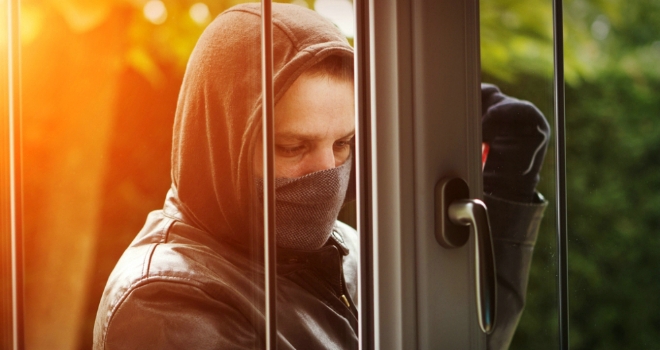According to newly released figures from MoneySuperMarket, around 33% (1 in 3) of British homeowners do not know when their house was built. The same amount also failed to realise the correlation between when your house is built and the chances of being burgled.
MoneySuperMarket conducted its latest research and found that houses built between 1920 and 1939 are statistically more likely to be burgled than any other type of home.
The research, which looked at 1.5 million home insurance enquiries between February 2018 and January 2019, found that the greatest number of 1930s houses are found in the midlands, while the bigger cities like Manchester are popular areas for buildings from other eras.
The price you pay for your insurance is affected by a range of issues, including the condition of the building, and homes built before 1700 were found to have the highest average annual premium at £323. Those built in the 1930s may have been found to have the highest rate of theft claims, but they cost less than half that amount to insure, at £162. Houses built since 2010 have the cheapest home insurance rates, costing £130 on average.
There are many tips for preventing a house burglary including ensuring your lock and security devices are high quality and high spec, always making sure to lock your doors and windows before leaving for work and keeping keys away your window ledges.
Burglary rate per era:
1: Art Deco (1920-1939) – 31.3 claims per 1,000 houses
2: Georgian (1714-1790) – 30.5 claims per 1,000 houses
3: Stuart (1603-1714) – 27.7 claims per 1,000 houses
4: Victorian (1839-1900) – 26.0 claims per 1,000 houses
5: Edwardian (1900-1918) – 25.7 claims per 1,000 houses
6: 1950s – 21.4 claims per 1,000 houses
7: 1940s – 20.8 claims per 1,000 houses
8: 1960s – 17.9 claims per 1,000 houses
9: New Build (1990s) – 16.6 claims per 1,000 houses
10: 1970s – 16.1 claims per 1,000 houses
11: 1980s – 15.9 claims per 1,000 houses

